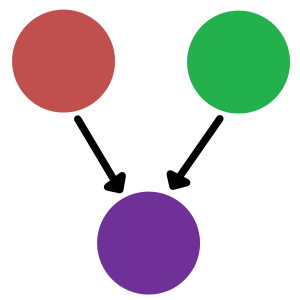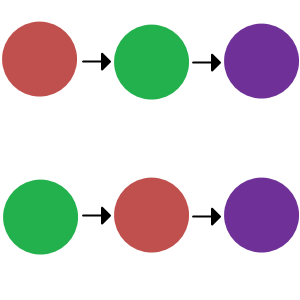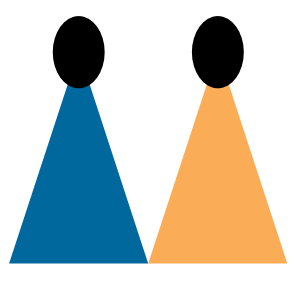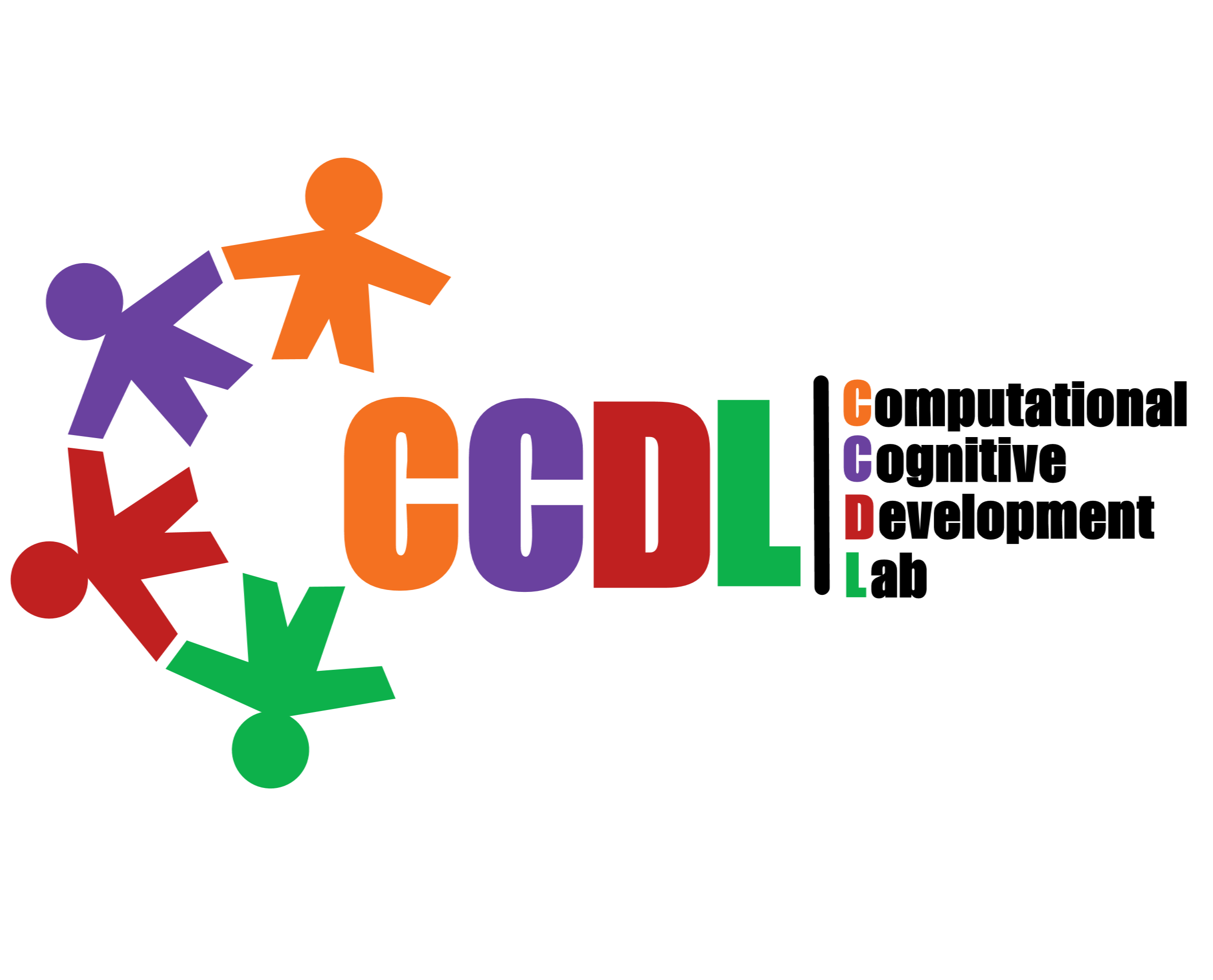Causal Roles

This study explores how infants learn that human beings, but not inanimate objects, can produce effects in the real world. The ability to distinguish between people and objects is crucial for understanding how the world works.
Redundant Causation

This study explores how older infants and young children reason about redundant causes. For example, if two toys are shown to produce an effect, will children assume that one of those toys is unnecessary to produce the effect?
Causal Structures

This study explores how infants represent complex causal relations. For example, can they learn that A causes B and that B causes C? If so, would they look longer if subsequently they see that B causes A and that A causes C than if A causes B and B causes C?
Social Evaluation

This study has two goals. First, it is designed to examine whether infants and children view characters that help others favorably and characters that hinder other characters unfavorably. Second, we are interested in how this ability to evaluate others based on their social behavior develops. Is this an ability that they are born with or is this an ability that is learned based on extensive experience in the real world and simple learning mechanisms?
